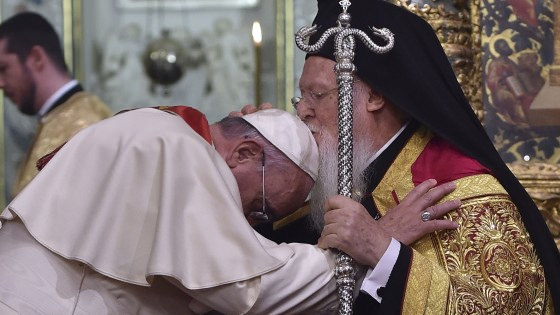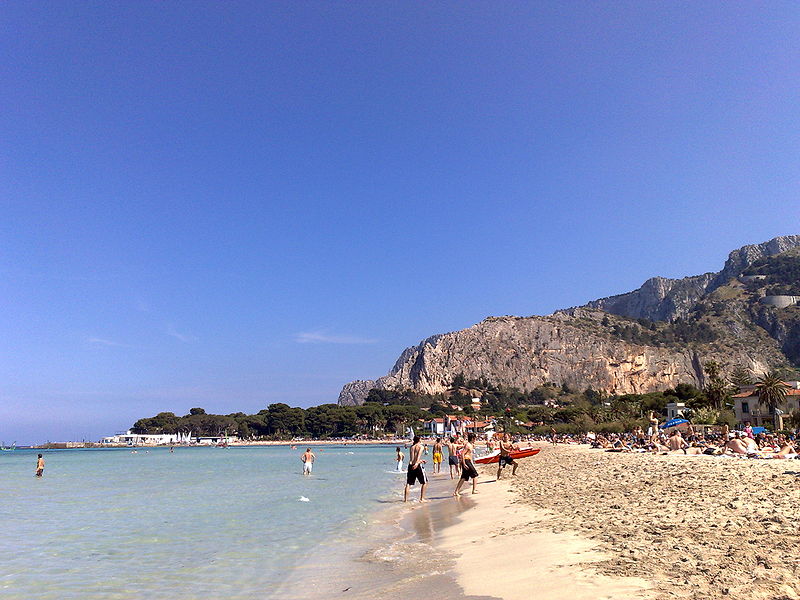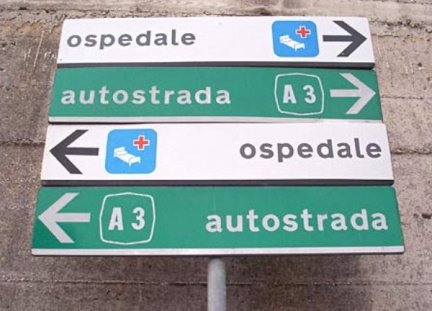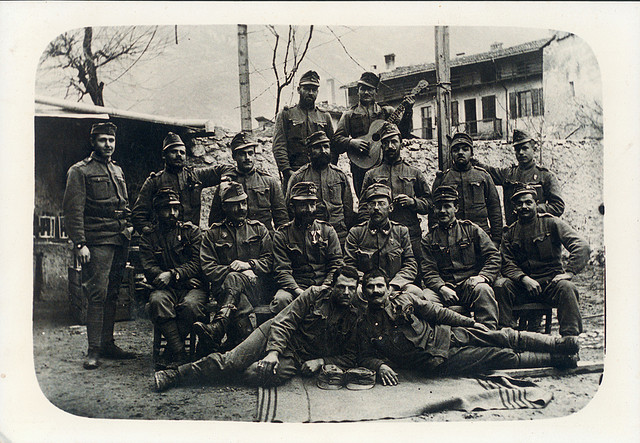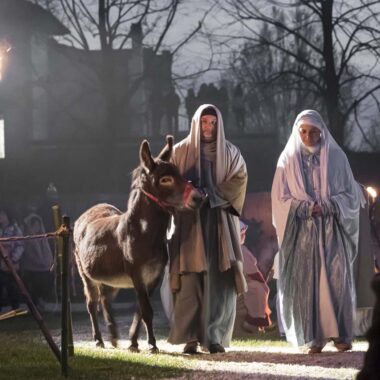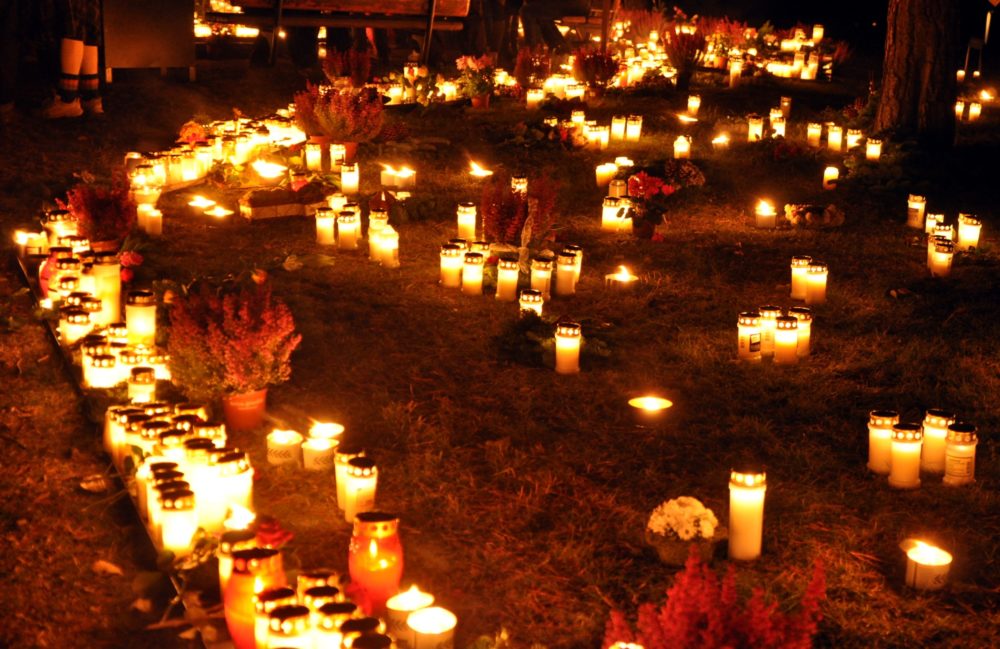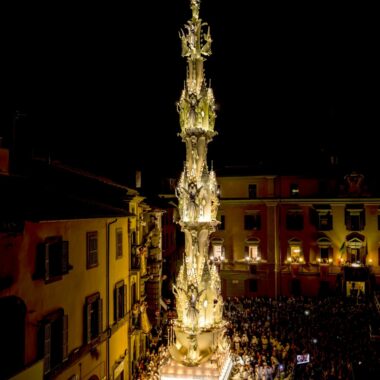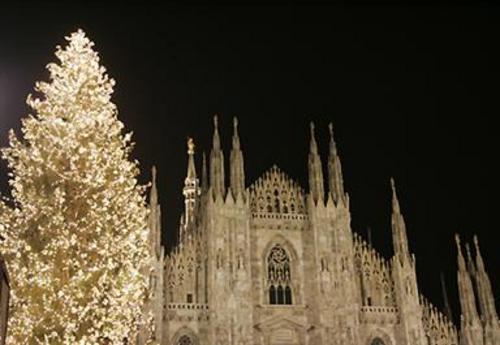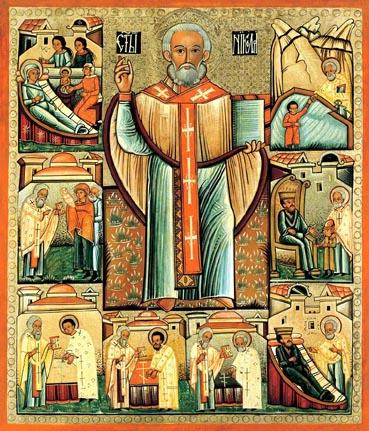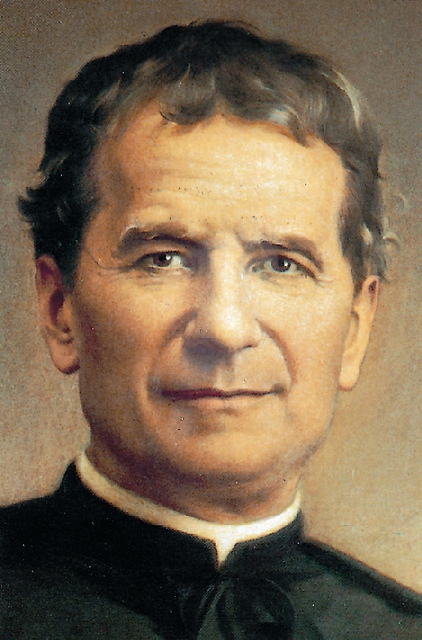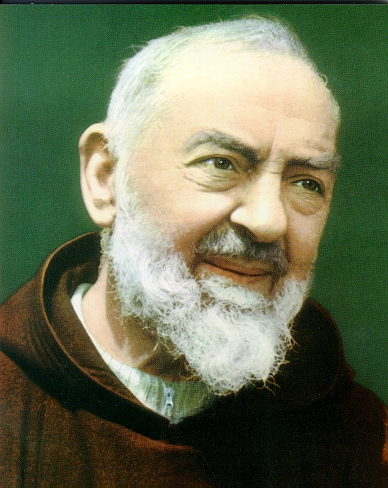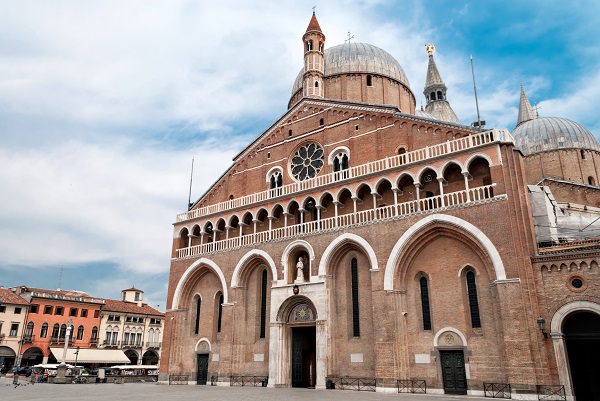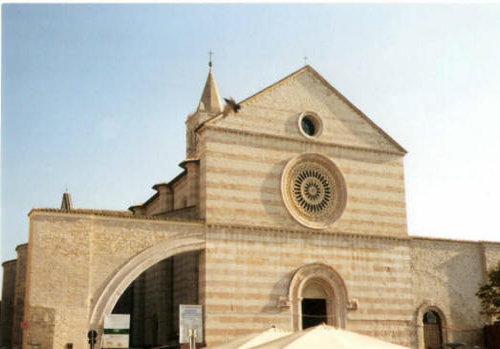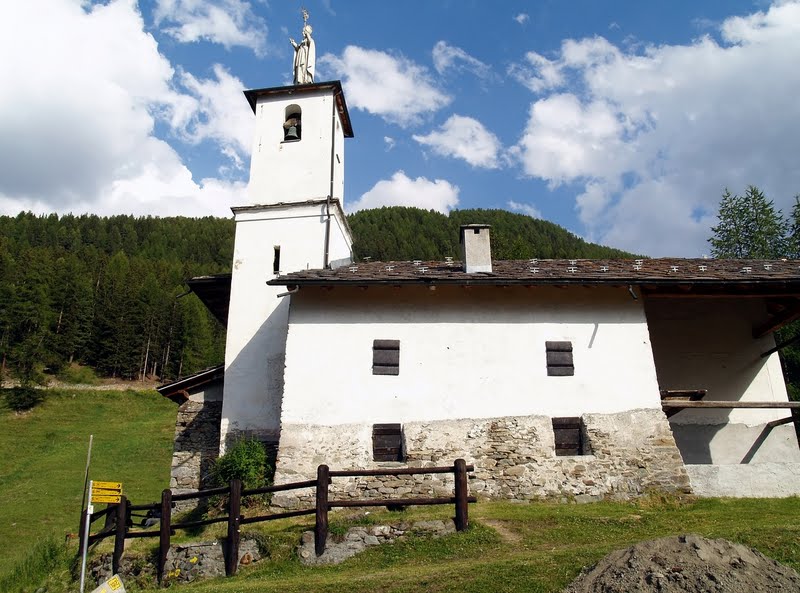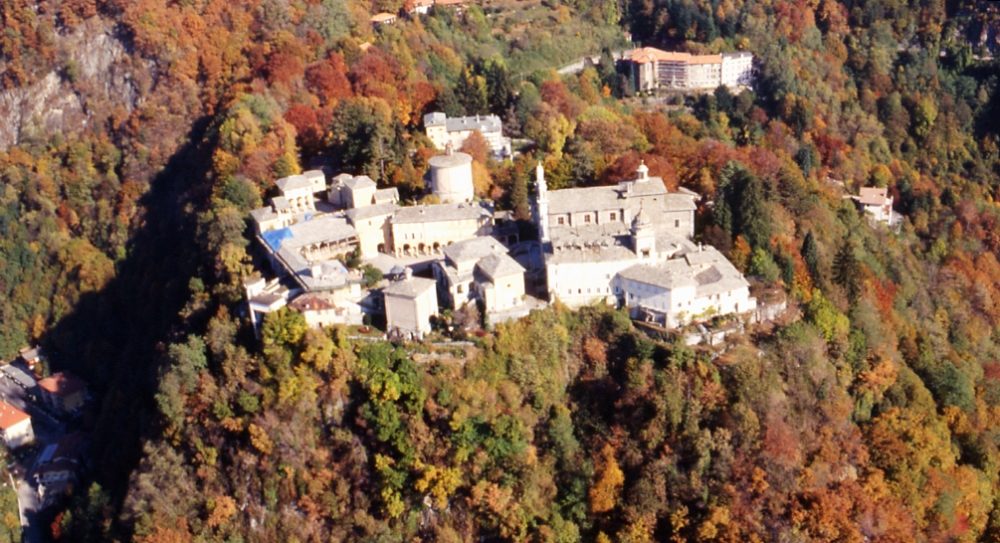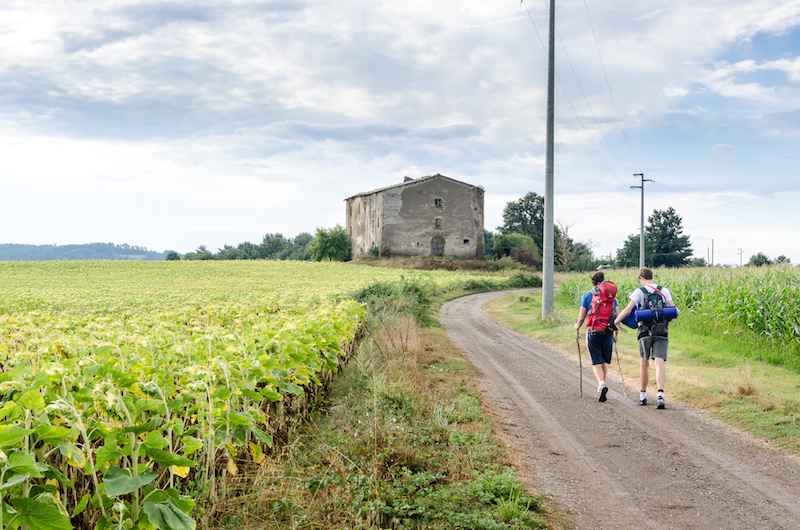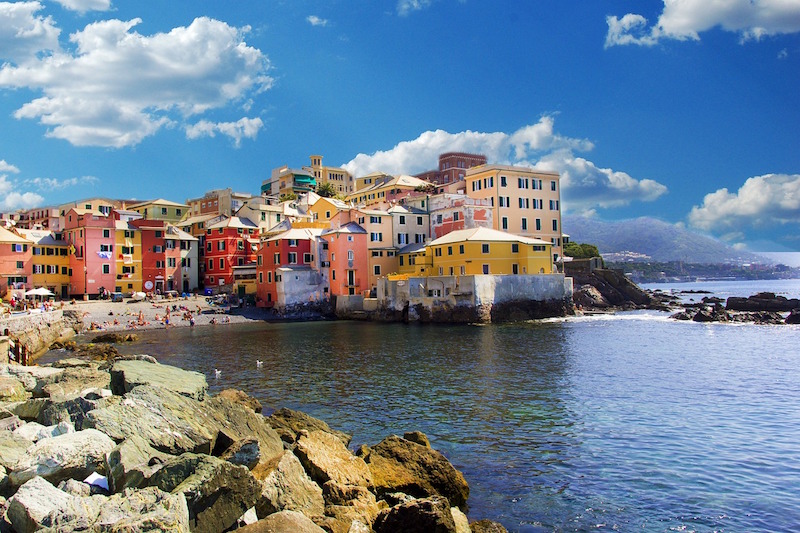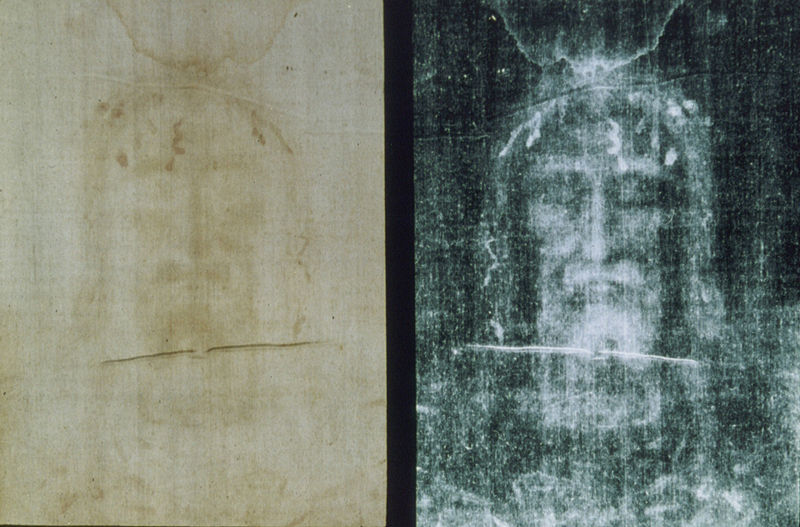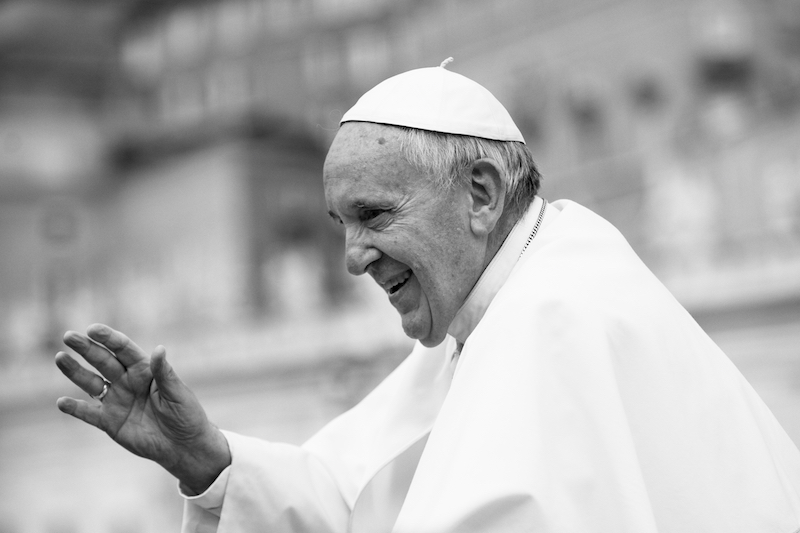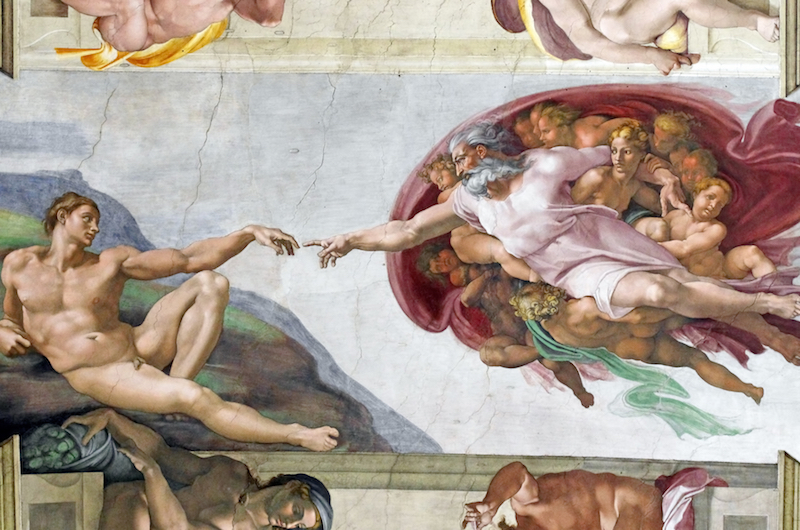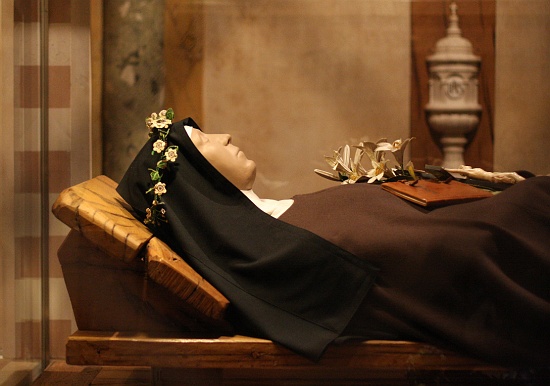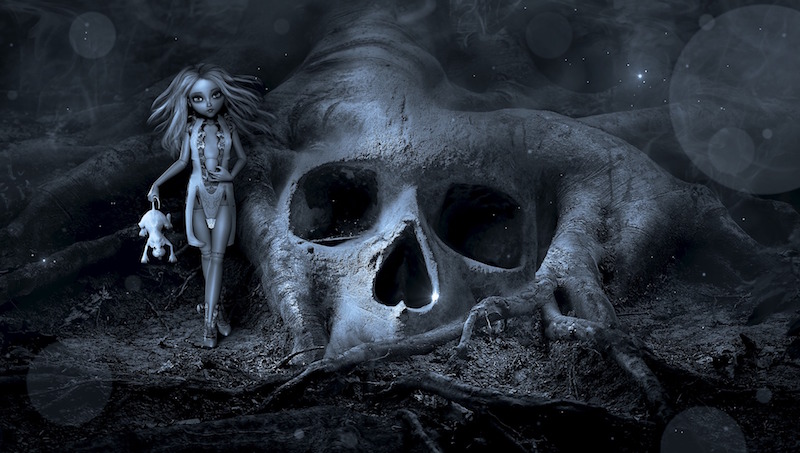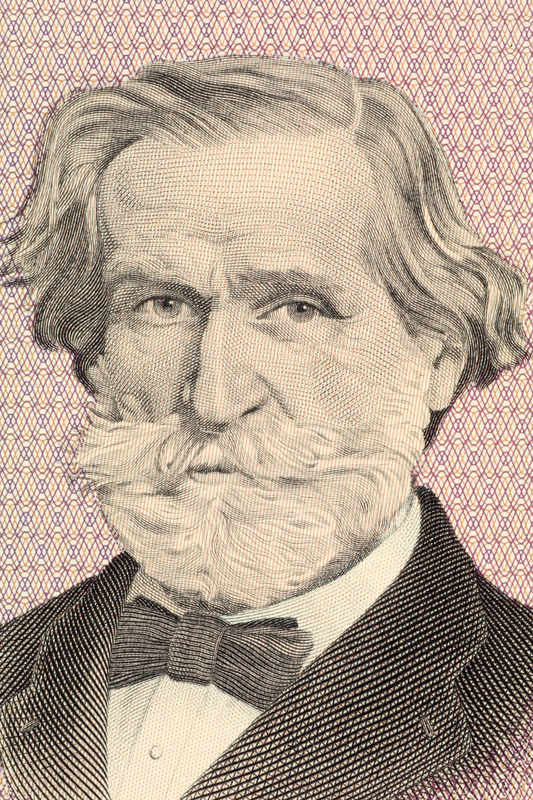Italy and its long history of spirituality
When it comes to spirituality, Italy is a traditionally Catholic country. In spite of the large increase in practice of other creed, the majority of Italians still consider themselves Catholic. A poll conducted by Doxa in 2014, 3/4 (75%) of Italians consider themselves Catholics believers. 10% of us feel spiritual and believe in the existence of a superior entity, yet do not associate themselves with any organized religion, whereas 5% are affiliated to different creeds.
The remaining 10% of Italians are equally divided between atheists (that is, who do not believe in the existence of any type fo superior spiritual entity) and agnostic (that is, who feel the existence of God cannot be neither proven nor denied). To sum it up, 3/4 of all Italians are Catholic, 1/4 is not. Among these, 1/5 are not religious and 1/10 does not believe.
The growth of multiculturalism in the country and the increase of immigration from countries culturally very different from Italy has enhanced the presence of creeds, which were virtually unknown within our borders up to 40 or 50 years ago: today, Islam and Buddhism, “new” to our country, are practiced side by side with Hebraism, Protestantism and Orthodoxy which, on the other hand, have been followed for centuries. The topic of multiculturalism and the diffusion in Italy of different creeds beside Catholicism is among the most interesting and, today, most sensitive to treat, especially in name of the incredible rise of religiously oriented extremism very much everywhere in the world. It could, in fact, very well be the topic for an article on its own, but it is not the core of this piece. It is to the history of spirituality in the country we’d like to dedicate some time: a history that runs hand in hand with that of the country and starts centuries before the coming of Christ. From pre-Roman population, throughout the great cults of Rome, to the coming of Christianity and today’s variety of practices, Italy has remained, throughout the centuries, a greatly spiritual country, whose culture and art has been influenced profoundly – even if today many fail to admit it – by its spirituality.
Before God were the Gods: Rome and her gods
The stereotype associated with Rome and its religion is that of a Greek inspired polytheism, which is at least in part true: the Roman pantheon, that is, the gods worshipped by the Romans, were mostly those already worshipped in Greece, albeit with different names. The Roman Jupiter, the god of all gods, was the Greek Zeus; his wife Juno was called Hera in Greece. Minerva, goddess of wisdom, strength and military strategy, born off Jupiter’s head after the great god suffered a particularly painful migraine, was known by the Greeks as Athena. Venus, goddess of beauty, was Haphrodite; Diana, goodess of the wilderness, of hunting and the moon, was the Greek Artemis. Her brother Apollo, god of poetry, of the sun and music, was the Greek Apollon.
Each segment of human life was controlled and protected by one specific god. This was typical of ancient polyhteistic religions, because they were not only a manner to give structure to spirituality, but had been also unconsciously developed by mankind to provide an explanation to what was then unexplainable, especially in the realm of nature: the winds were caused by a god, just as the rising of the sun and the shining of the moon.
Roman spirituality, however, was much more varied than that, and also more complex. Although the official Roman pantheon was respected and embraced by all, other forms of worship were common among the citizens of the Empire (and the Republic before it). The cult of the dead was especially widespread, as it was that of the Penates: these were similar to the Christian guardian angels, and were considered the protectors of families and households; each family had their own and their cult was to many Romans more heartfelt than that for the great gods.
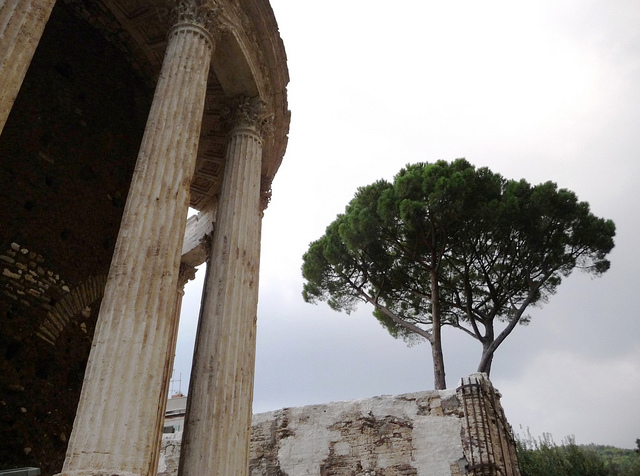
Ph. Herb Neufeld on flickr (flic.kr/p/azTc8m)
Romans were largely – and usually– religiously tolerant: they left freedom of cult to all people conquered and it was not until the coming of Christianity that bona fide religious persecutions took place in the Empire, even though, we will see in a bit, these were not as common as we may believe and were not necessarily caused by a strictly spiritual issue.
But in Rome, religion was different from spirituality: if the spiritual needs of people were more often then not fulfilled by the intimate, personal cults of the Dead and the Penates, Roman religion was a political matter, especially during the Empire. To Imperial Romans, the first and foremost of all gods was him, the Emperor. The cult of the Emperor was paramount and essential and was the most important of all forms of worship. As said, the Romans were very much tolerant when it came to religions and left their subjects free to keep following their local practices after being annexed to the Empire, provided they accepted to recognize the divine nature of the Emperor. He was not a representative of the gods on earth, he was a god. The god of Rome and her greatness.
Needless to say, this is very much what got early Christians into troubles (and the feisty Jews of Palestine before them): their refusal to accept the divinity of the Emperor. As monotheists, Christians believe in one, sole god, whose incarnation was Christ, not certainly the Emperor of Rome: this was the reason behind persecutions, as well as the fact Christians were considered politically dangerous because of their sense of closely bound community and independence. The fact early Christians tended to come from the least fortunate social classes, also frightened Roman power, because their boding over a new faith made them more socially dangerous to the eyes of political leaders.
The subject would deserve days of writing and unfortunately we do not have all this space… However, we have finally arrived to the moment when Christianity entered the world of Rome and, as a consequence, that of Italy.

in one of the most iconic imperial images of all times
(by Till Niermann at wikimedia.org)
Rome, the holy city of Catholicism
We all know that Christianity finds its most ancient roots in the lands of Israel and Palestine and in Judaic spirituality. However, it is with Rome that Christians are more often than not connected and this has very specific historical reasons. These are important, especially to we Italians, as they join together the two cultural and philosophical streams which very much form – with all due contaminations from others, of course – the very core of our tradition and cultural essence: the Graeco-Roman and the Judeo-Christian. During the years of Jesus’ preaching, the Middle East where himself and his disciples lived and spread the Word was under Roman dominion. After Christ’s death and resurrection and, following the narratives of the Gospels, after he named Peter his successor and demanded of him and the other Apostles to make the Christian message known around the world, it was natural Jesus’ followers would leave the fragrant, balmy lands of Israel to bring their message in different places. The world, Jesus said to them, and at the time, the world was the Mediterranean Sea and all countries and lands facing it. And then, the undisputed queen of the world was her, Rome, which was also the capital of the empire Israel was a province of. The choice of making of Rome the ultimate destination was natural, and it was to Rome that Peter, the first Pope of the Christian church, and Paul, The Apostle, and father of Christian dogma, brought their message. Both lost their lives here, during Nero’s persecutions against Christians, but their inheritance made of Rome what it is today.
Rome, then, center of Christianity because center, at that time, of the world as it was known, and final place of predication of two of the first Christian saints, Peter and Paul, elaborators of the doctrine and Jesus Christ’s Apostles. Moreover, it was again through the Roman Empire and the will of Constatine his Emperor that Christianity became a legal religion within the State (Edict of Milan, 313) of which it was to become the official religion in 380 with the Edict of Thessalonica. Once gained such a central role in the development and maintanance of Christianity, Rome was never to loose it, in spite of the fact other places (Milan Jerusalem, Constantinople, Tours) could rightly be considered, in their own right, holy cities, especially during the Middle Ages.
From this point on, the history of the Church and of Christian thought has been double tied with that of Italy.
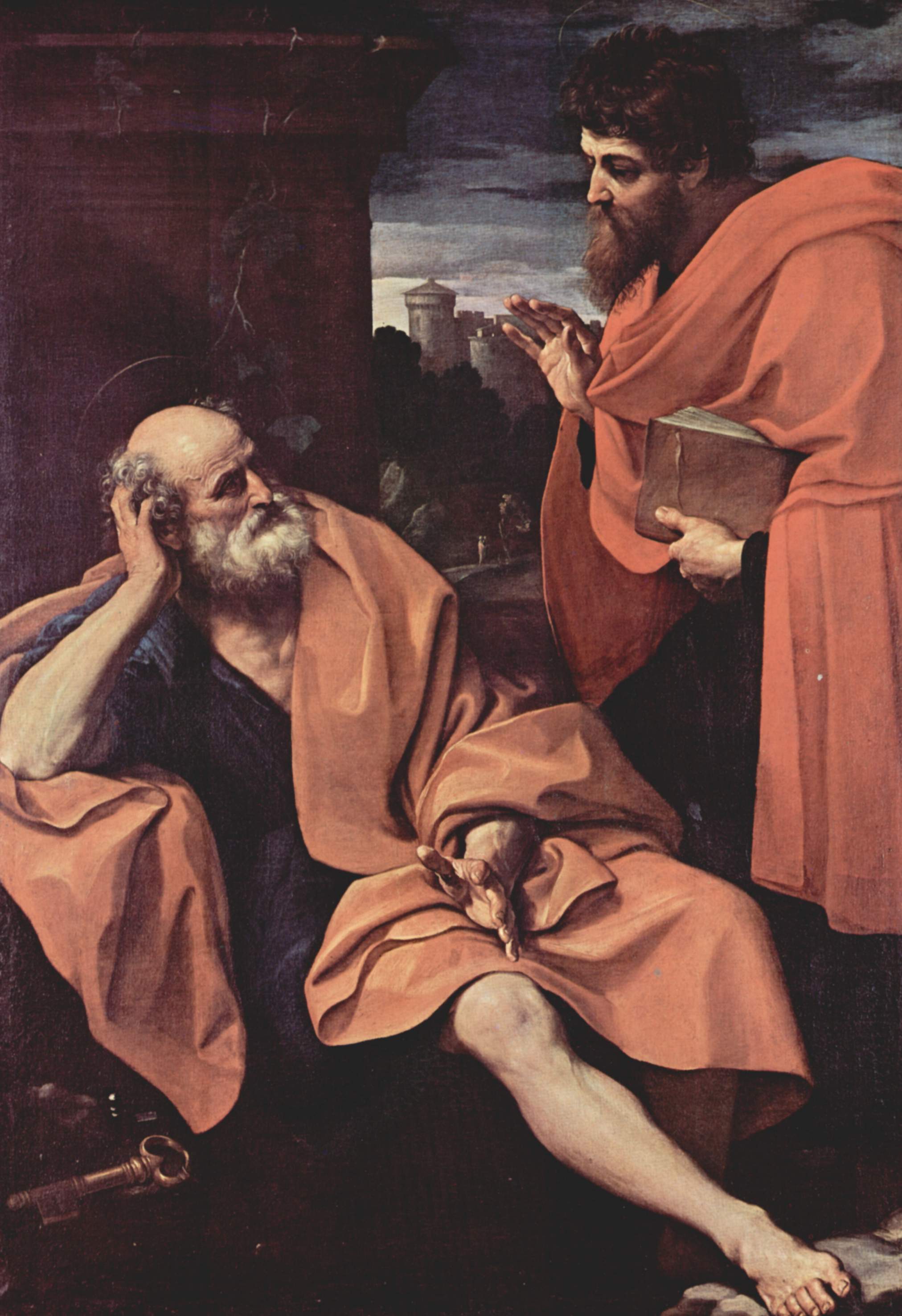
(by the Yorck Project at wikimedia.org)
Religions of Italy
During the Middle Ages Italy became the cradle of the arts and philosophy, much of it inspired (and financed) by the Holy See. Christianity, also through the diffusion of monasticism starting with the early Middle Ages, had become the religion of the whole of Italy and Europe. Monasticism had done much not only for the spreading of Catholicism (before the Reform, all Christians were Catholics and the two terms interchangeable), but also for the development of western thought, as well as the transmission of Classical knowledge. In this, they were greatly helped, starting from the 8th century and their invasion of Spain, by the Arabs. A people of profound knowledge and extreme sense of the beautiful, it was thanks to theirs wisemen and intellectuals that a great part of Greek philosophy, for instance, came to the modern world. Medicine, astronomy, mathematics are all disciplines the Arabs had developed to a much higher degree than westerners at that time and that was passed on through contact and mutual respect, to the people of Europe. In the 9th century, the Arabs conquered also Sicily, a part of Italy where the influence of their architecture and culture is still visible today. Not only Christianity, but also other faiths, then, have contributed to the beauty of our civilization.
The Roman Catholic Church continued to experience a resurrection well into the sixteenth century, though almost always in opposition of the Protestant religion. Lutheranism became a problem, however, in the mid to late 1500s, and so the Roman Inquisition began, led by Pope Paul III. Along with the Inquisition came an increasing effort to bring the Catholic religion to the people. Bishops were encouraged to make their presence known among the common people, seminaries were built to train more and more clergy, and church buildings multiplied, all in an effort to oust the still strong Protestant religion.
During the years of Italy’s fight for independence from foreign power and unification, the Church had fought powerfully against Cavour and Vittorio Emanuele II’s project. Truth is the Stato della Chiesa, the political and territorial representation of the Church, held power in much of central Italy and was reluctant ot relinquish such a power to the Savoia. For this reason, the Church has been long considered partly responsible for the late unification of the country.
Interferences between Church and State in Italy have been an historical common place throughout history. In truth, not only in Italy, but in the whole of Europe, where history, especially in certain moments of the Middle Ages were virtually led by the dispute between the temporal and religious power. In Italy, the separation between Church and State was eventually signed and confirmed in 1929 with the Patti Lateranensi, signed by cardinal Pietro Gasparri, the Vatican Secretary of State and Benito Mussolini, at the time Prime Minister of the kingdom of Italy. Since then, the presence of Catholicism in Italy has been largely spiritual, although the possible involvement of the Vatican in some of the major misteries of post war Italy is still one of the country’s most discussed issues.
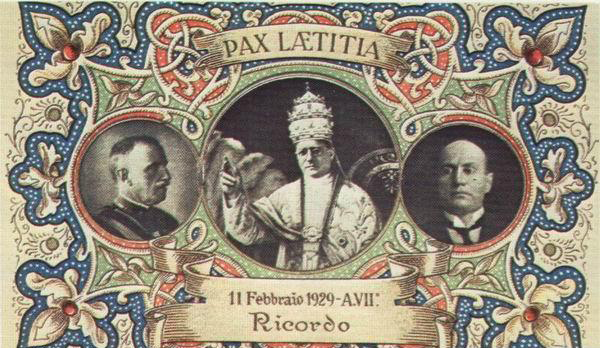
and Benito Mussolini (Public Domain at wikimedia.org)
We saw Italians consider themselves Catholics, but today only a minority of them practices regularly. However, since the coming to the Holy See of Pope Francis, things have changed slightly. The Argentinian Pope is very much liked by people for his simplicity and attitude and this seems to have brought some back to the faith. Many others, however, begin to feel disillusioned by Bergoglio, who began to be criticized for a couple of slips during his public talks and some acts of doubtful taste. Only time will tell what the current pope’s role and legacy to Catholicism will be.
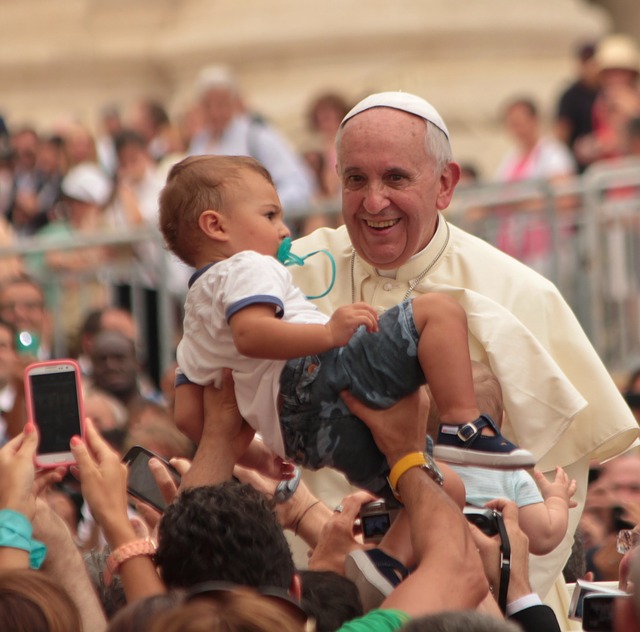
Beyond Catholicism
While the Catholic Church‘s long history and current strength makes it the most prominent religion in Italy, Jewish faith and culture also plays a role in Italian religion. Nearly two thousand years ago, a small number of Jews settled in the city of Rome, and they gradually accumulated in the southern part of Italy. The Jews played an important role in commerce since they were considered the first people to lend money and charge a set amount of interest, thus acquiring a major influence in trade and merchandising. They faced persecution during the 1500’s, which echoed into the years of World War II, as they were required to live separately and made to wear a symbol of the religion for all to see, a practice repeated during the Holocaust. They were basically emancipated in the 1800’s, but suffered deportation and death during World War Two. However, their lineage has endured and holds firm with more than 40 thousand Jewish Italian citizens today.
The Protestant community in the country reaches 750.000 members, most of which are of Pentecostal creed; Christian Orthodox in Italy are about 1.3 million, whereas Muslims are, according to the Muslim World League, about 1.2 million. This estimate has been, however, lowered considerably by reports by Caritas, which set the number at 650.000. Many are also the Buddhists and the Induists, both reaching over 100.000 followers. As it often happens, these estimations, albeit considered official, may not be entirely accurate, as they are based on official records, which may not include a part of a given community. This is particularly true for those religious communities which have been growing through immigration, both legal and illegal.
By Susie McGee
Updated by Francesca Bezzone

